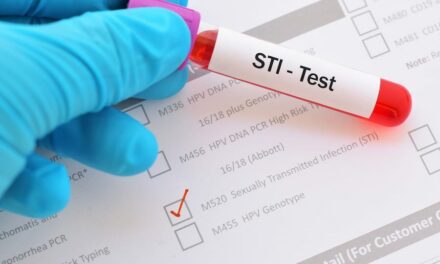Researchers from the Korea Institute of Science and Technology (KIST) have developed an ultrafast PCR technology that shortens test time by 10-fold, compared with the time taken for the existing test.
The research team of Sang Kyung Kim, PhD, and Seungwon Jung, PhD, at the Center for Augmented Safety System with Intelligence, Sensing of the Korea Institute of Science and Technology found that by using photothermal nanomaterials, the ultrafast PCR is completed in five minutes, with diagnostic performance equal to that of the existing test method.
PCR tests have become increasingly ubiquitous to the public due to the COVID pandemic. However, due to the technical nature of the PCR test, results cannot be immediately delivered, and it takes at least one to two hours to complete the test as it requires repeated temperature cycles.
The Photothermal Nanomaterials
Photothermal nanomaterials generate heat immediately upon light irradiation. As such, photothermal nanomaterials rapidly increase in temperature, but it is difficult to maintain performance due to their low stability. The KIST research team has developed a polymer composite that physically holds photothermal nanomaterials and can overcome their instability.
By applying it to a PCR system, they have successfully developed a compact PCR system without a heat plate. In addition, they implemented a multiplex diagnostic technology that detects several genes at once, enabling it to distinguish several types of COVID variants in a single reaction.
“Through additional research, we plan to miniaturize the developed ultrafast PCR technology this year, to develop a device that can be utilized anywhere,” says Kim. “While maintaining the strength of PCR as an accurate diagnostic method, we will increase its convenience, field applicability, and promptness, by which we expect that it will become a precision diagnostic device that can be used at primary local clinics, pharmacies, and even at home. In addition, PCR technology is a universal molecular diagnostic technology that can be applied to various diseases other than infectious diseases, so it will become more applicable.”
Featured image: Schematic diagram of PCR temperature cycle using the photothermal effect in polymeric microparticles. Photo: Korea Institute of Science and Technology





